Journey
As Europe celebrates carnival
Traditionally, cheeky and cheerful celebration of the Europeans, the expulsion of winter. In each country carnival, Fasching and Fastnacht your very own attractions. Guests are welcome!
-
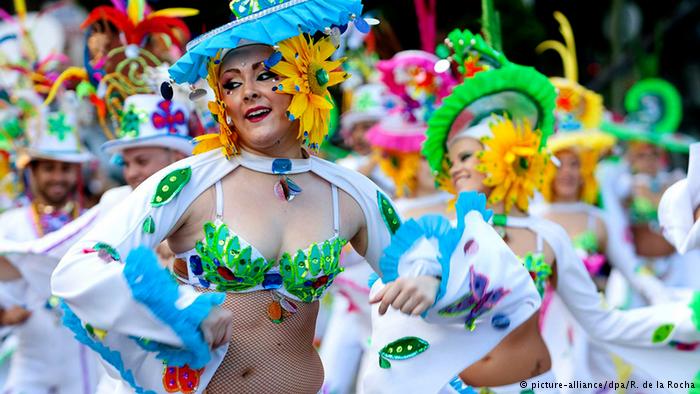
Hot rhythms on Tenerife
The climate-already a step further in the direction of spring on Tenerife is already light and airy costumes to use. As in South America, move dance groups in the Sambarhythmus through the streets of Santa Cruz de Tenerife, the biggest carnival parade on the Spanish owned Canary Islands.
-

Mehldusche on La Palma
Dressed in white and with floured people celebrate the “Dia des los Indianos”. He recalls the return, to Cuba or Venezuela expatriate Palmeros. Once it was on all the Canary Islands need each other with flour-throwing. Today, it is only on La Palma usual. Instead of flour is most commonly the powder used and powder stands for wealth.
-

Blumenregen in nice
Along the Promenade des Anglais is crowded with spectators at the famous Bataille des Fleurs (Blumenschlacht). Blütenprinzessinnen throw Mimosas, roses and daffodils in the crowd. This Parade on the Côte d’azur goes back to the year 1876 as the amusement for the former, mostly English holidaymakers flowers were given away.
-
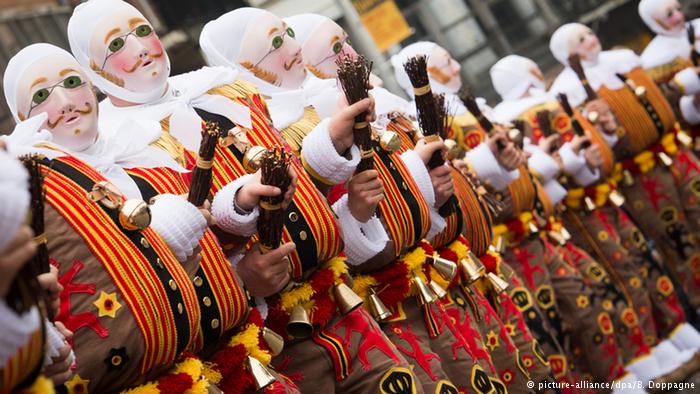
Fat Tuesday in Belgium
In Binche, 60 kilometres from Brussels, playing for centuries, the “Gilles” mentioned above is Masked in the starring role in the carnival. Strengthened with oysters and champagne, dancing at the Mardi Gras, the Tuesday before ash Wednesday, through the streets. The colourful Ritual belongs since 2008 to the intangible world heritage of UNESCO.
-
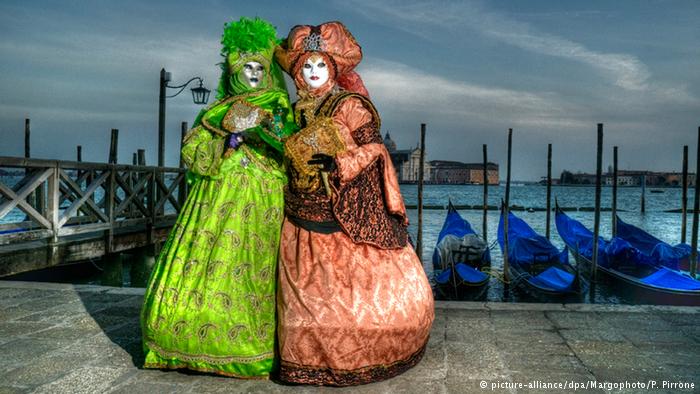
Masked ball in Venice
The origins of the Festival “Carnevale di Venezia” should be in the 12. Century. In the noble palaces were lavish celebrations. The Ballbesucher trumped themselves with ever more elaborate costumes. The most exclusive pleasure today belongs to the Ballo Tiepolo at the Palazzo Pisani Moretta, or a visit to the Opera at Teatro La Fenice.
-
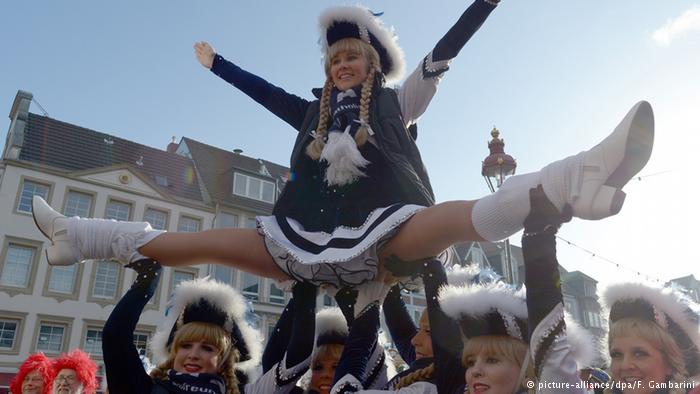
Tanzmariechen in the Rhineland
Dancers in uniforms, there are almost in each carnival, carnival and Fastnachtsverein.
In Cologne they call “Alaaf”, in Düsseldorf “Helau”. However, in all of the Rhineland carnival strongholds is to sway, and sung the coveted “sweets” (candy) is collected. Several hundred tons of sweets will be on Monday under the Narrenvolk thrown. -
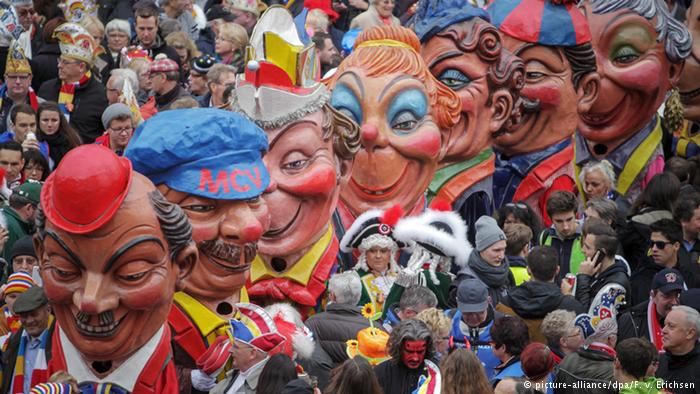
Schwellköpfe in Mainz
In the state capital of Rhineland-Palatinate dancing fools since the 16. Century on the streets. Highlight of the Mainz Carnival is the parade on Rosenmontag. A lovingly well-kept are the hallmark of the “Schwellköpp“ mentioned figures. There are 30 different characters. A head weighs up to 25 kilograms.
-
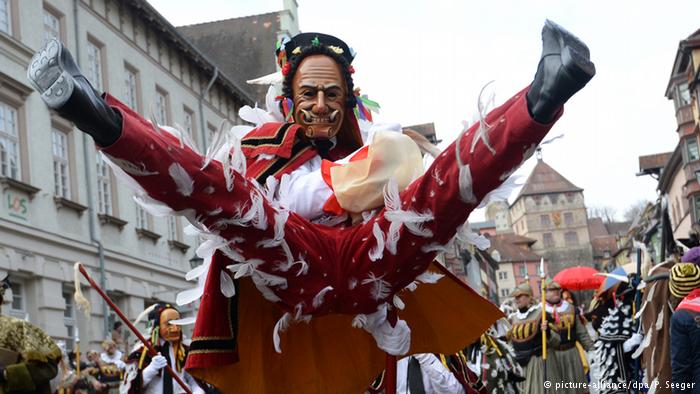
Narrensprung in Rottweil
The larvae (costumes) of the Swabian-Alemannic Fastnacht be passed from Generation to Generation. The “Federahannes”, one of the historic Narrenfiguren, has curved tusks in the corners of his mouth. His coat is adorned with feathers. With his staff he followed the Narrensprung. Removals of this kind, there are from the black forest, the Allgäu to Switzerland into it.
-

Drums in Bremen
The Hanseatic city has as Karnevalshochburg in Northern Germany turns out to. The theme this year is “The journey!”. In matching costumes come hundreds of Samba groups from home and abroad on the river Weser. With their drums turn the marketplace around this landmark, the Bremen Roland, in a vibrating dance floor.
-

Together peacefully to celebrate
The “Bützchen”, the kisses, the German carnival such as the colourful and imaginative costumes. The term carnival is composed of the Latin words “carnis”, on German meat, and “levare” to take away. Immediately after, on ash Wednesday, which begins before Easter lent, Christians used to all the carnal Desires to renounce.
Author: Ille Simon
-

Hot rhythms on Tenerife
The climate-already a step further in the direction of spring on Tenerife is already light and airy costumes to use. As in South America, move dance groups in the Sambarhythmus through the streets of Santa Cruz de Tenerife, the biggest carnival parade on the Spanish owned Canary Islands.
-
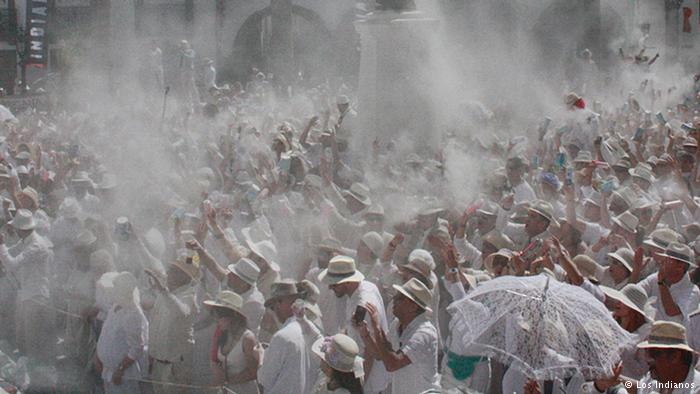
Mehldusche on La Palma
Dressed in white and with floured people celebrate the “Dia des los Indianos”. He recalls the return, to Cuba or Venezuela expatriate Palmeros. Once it was on all the Canary Islands need each other with flour-throwing. Today, it is only on La Palma usual. Instead of flour is most commonly the powder used and powder stands for wealth.
-
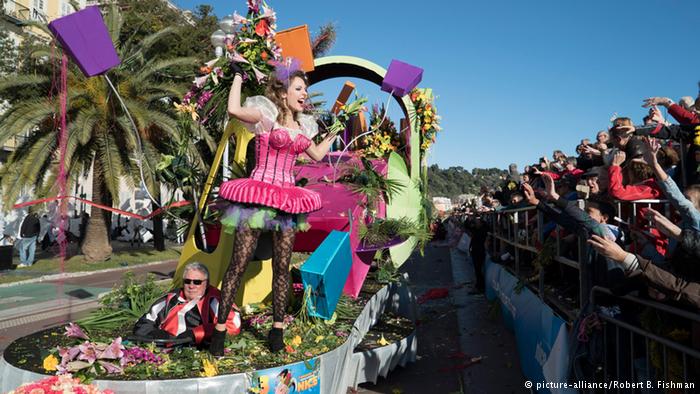
Blumenregen in nice
Along the Promenade des Anglais is crowded with spectators at the famous Bataille des Fleurs (Blumenschlacht). Blütenprinzessinnen throw Mimosas, roses and daffodils in the crowd. This Parade on the Côte d’azur goes back to the year 1876 as the amusement for the former, mostly English holidaymakers flowers were given away.
-
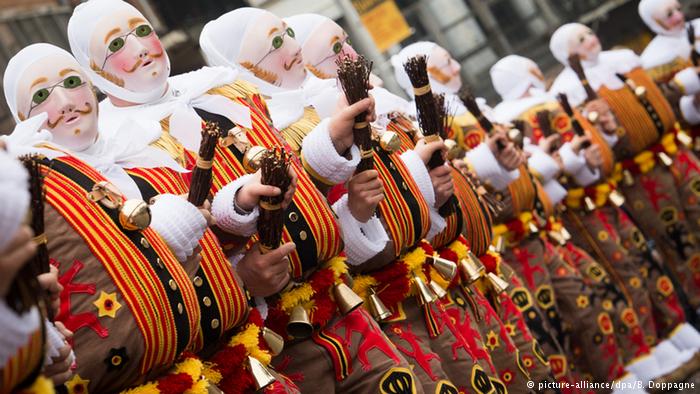
Fat Tuesday in Belgium
In Binche, 60 kilometres from Brussels, playing for centuries, the “Gilles” mentioned above is Masked in the starring role in the carnival. Strengthened with oysters and champagne, dancing at the Mardi Gras, the Tuesday before ash Wednesday, through the streets. The colourful Ritual belongs since 2008 to the intangible world heritage of UNESCO.
-

Masked ball in Venice
The origins of the Festival “Carnevale di Venezia” should be in the 12. Century. In the noble palaces were lavish celebrations. The Ballbesucher trumped themselves with ever more elaborate costumes. The most exclusive pleasure today belongs to the Ballo Tiepolo at the Palazzo Pisani Moretta, or a visit to the Opera at Teatro La Fenice.
-
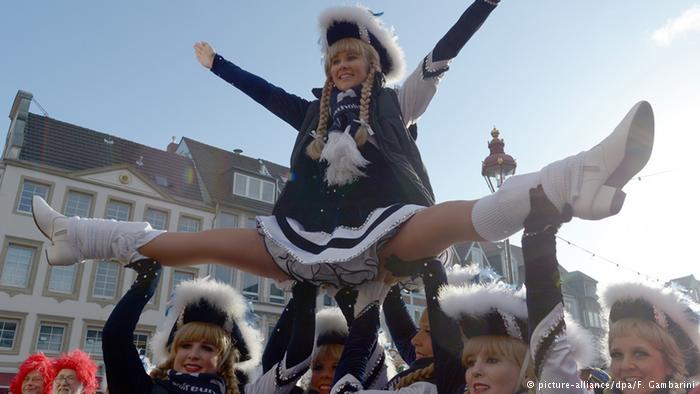
Tanzmariechen in the Rhineland
Dancers in uniforms, there are almost in each carnival, carnival and Fastnachtsverein.
In Cologne they call “Alaaf”, in Düsseldorf “Helau”. However, in all of the Rhineland carnival strongholds is to sway, and sung the coveted “sweets” (candy) is collected. Several hundred tons of sweets will be on Monday under the Narrenvolk thrown. -

Schwellköpfe in Mainz
In the state capital of Rhineland-Palatinate dancing fools since the 16. Century on the streets. Highlight of the Mainz Carnival is the parade on Rosenmontag. A lovingly well-kept are the hallmark of the “Schwellköpp“ mentioned figures. There are 30 different characters. A head weighs up to 25 kilograms.
-
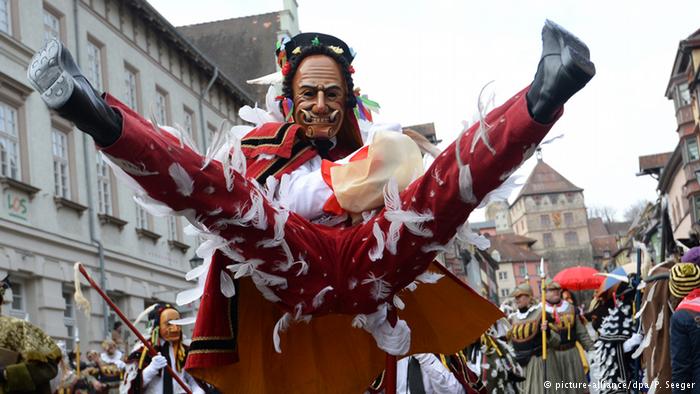
Narrensprung in Rottweil
The larvae (costumes) of the Swabian-Alemannic Fastnacht be passed from Generation to Generation. The “Federahannes”, one of the historic Narrenfiguren, has curved tusks in the corners of his mouth. His coat is adorned with feathers. With his staff he followed the Narrensprung. Removals of this kind, there are from the black forest, the Allgäu to Switzerland into it.
-
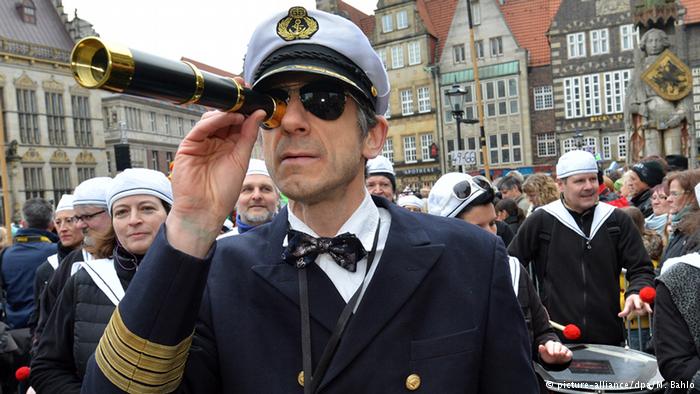
Drums in Bremen
The Hanseatic city has as Karnevalshochburg in Northern Germany turns out to. The theme this year is “The journey!”. In matching costumes come hundreds of Samba groups from home and abroad on the river Weser. With their drums turn the marketplace around this landmark, the Bremen Roland, in a vibrating dance floor.
-
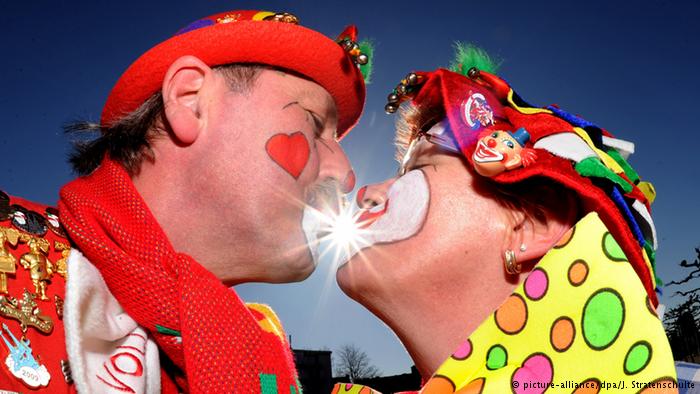
Together peacefully to celebrate
The “Bützchen”, the kisses, the German carnival such as the colourful and imaginative costumes. The term carnival is composed of the Latin words “carnis”, on German meat, and “levare” to take away. Immediately after, on ash Wednesday, which begins before Easter lent, Christians used to all the carnal Desires to renounce.
Author: Ille Simon


